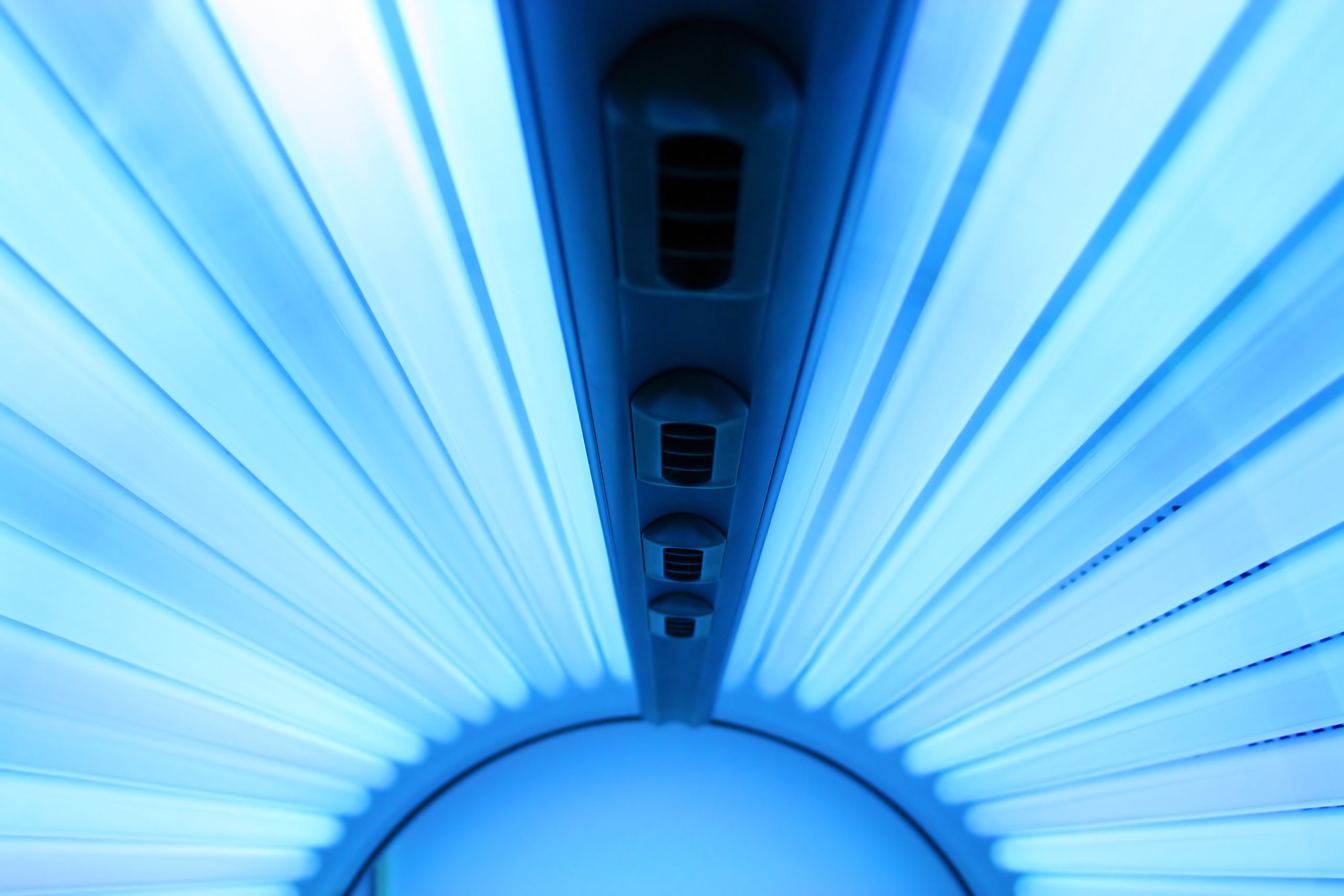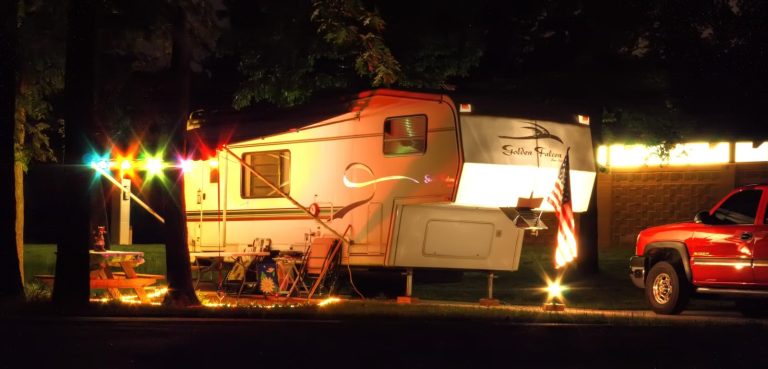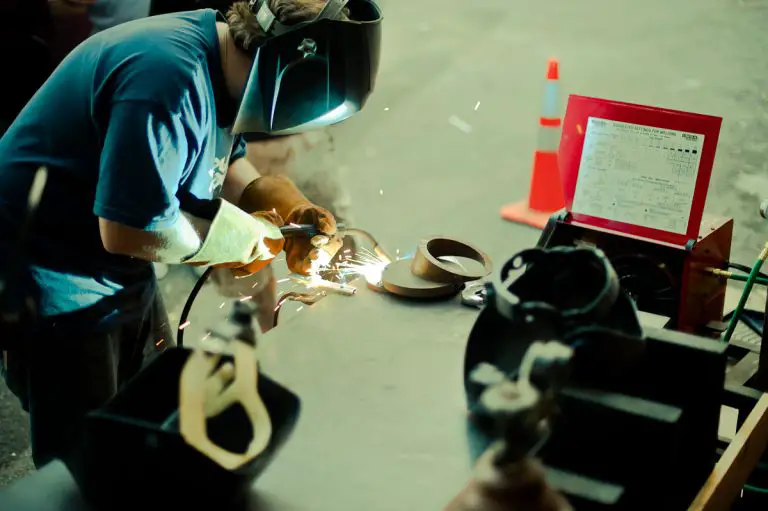
When considering the electrical requirements for tanning beds in a tanning salon, it’s essential to prioritize safety, compliance, and efficiency. Tanning bed electrical systems can be complex, and ensuring they meet the necessary standards is crucial. To navigate this, consulting with a certified electrician or a licensed electrician right from the start necessary to ensure a proper and safe electrical setup.
Tanning bed models vary in terms of their electrical needs, and it’s essential to ensure that your electrical service can meet these demands. This includes evaluating the amp service, wire size, and breaker box capacity. Here are a few things to think about when trying to understanding the power requirements of your tanning beds.
1 – Dedicated Circuit Breaker
For many tanning bed models, a dedicated circuit breaker is a must to prevent power surges and ensure the safety of the electrical components. Commercial tanning beds, especially larger ones, may have higher voltage requirements, and this should be factored into your salon’s electrical service. Here are a few more reasons why a dedicated circuit is important.
- Power Requirements: Tanning beds typically have high power requirements due to the strong UV lamps and other electrical components they use. The dedicated circuit ensures that the tanning bed gets a consistent and sufficient supply of electricity without overloading the circuit. This helps prevent circuit tripping or electrical fires.
- Avoiding Overloading: Plugging a tanning bed into a circuit that already has multiple other devices or appliances can lead to overloading the circuit. This can result in circuit breakers tripping, which is not only inconvenient but also potentially dangerous if it leads to overheating or electrical damage.
- Consistency of Operation: Tanning beds need a stable and uninterrupted power supply for consistent operation. Sharing a circuit with other devices that draw varying amounts of power can lead to fluctuations in voltage or current, which may affect the performance of the tanning bed and potentially reduce the lifespan of its components.
- Safety Regulations: In many regions, electrical codes and regulations mandate the use of dedicated circuits for specific types of high-powered appliances and equipment, including tanning beds. This is done to ensure compliance with safety standards and reduce the risk of electrical accidents.
- Fire Safety: Tanning beds can generate heat during operation, and if they share a circuit with other appliances, it increases the risk of overheating the wiring in the circuit. A dedicated circuit reduces this risk and helps prevent electrical fires.
- Liability and Insurance: Using a dedicated circuit for a tanning bed may be a requirement set by insurance companies to minimize the risk of electrical-related incidents. Failing to comply with such requirements could potentially void insurance coverage.
2 – Outlet
Next, consider the types of outlets you’ll need for your tanning beds. Single voltage outlets (e.g., 110v) are common for residential tanning beds, while commercial tanning beds may require double voltages (e.g., 220v). Wiring diagrams of tanning bed outlets should be consulted to ensure the correct installation. You will need to check the power requirements of the specific beds you are using or intend on using to ensure you have the proper wiring gauge, outlets, and breaker installed to power the unit.
3 – Surge Protector
To further safeguard your electrical system, investing in surge protectors is a good idea, especially in regions prone to power surges. Surge protectors can shield your tanning equipment from damage caused by voltage spikes. Here are some of the highlights as to why you may want a surge protector
- Protection Against Voltage Surges: Surge protectors are designed to absorb and divert excess voltage spikes or surges away from your electrical devices. Power surges can occur for various reasons, including lightning strikes, utility grid fluctuations, and even turning on or off high-powered appliances. These surges can damage sensitive electronic components in your tanning bed.
- Prevent Equipment Damage: Tanning beds often contain delicate electronic control systems, timers, and UV lamps. A power surge can potentially damage or shorten the lifespan of these components. Surge protectors help safeguard your investment by reducing the risk of electrical damage.
- Fire Prevention: In some cases, severe power surges can cause electrical fires. Surge protectors are designed to interrupt excessive voltage and current, which can help prevent electrical fires from starting in your tanning bed or the surrounding area.
- Insurance Requirements: Some insurance policies or manufacturers’ warranties may require the use of surge protectors for high-value electronic equipment like tanning beds. Failing to use one may void your warranty or insurance coverage.
- Peace of Mind: Knowing that your tanning bed is protected by a surge protector provides peace of mind. You won’t need to worry as much about unexpected voltage spikes damaging your equipment, and you can enjoy your tanning sessions with more confidence.
4 – Lamp holder and Wiring Condition
In addition to the power supply, think about the electrical components within the tanning bed itself. High-pressure bulbs and UV lamps are critical for tanning, but they can draw a significant amount of power. Ensure that the lamp holders and electrical wiring within the tanning beds are in excellent condition to avoid excessive current flow and potential hazards.
5 – Wire/Cord Size (Gauge)
Let’s talk about tanning bed cords and power cords. These should be in good condition, with no exposed wires, as damaged cords can pose serious electrical hazards. It’s also advisable to periodically inspect these cords for wear and tear.
When upgrading or installing new tanning equipment, consult with your electrician about the wiring gauge. The wire size should match the power requirements of the beds to avoid overheating and potential fire hazards.
6 – Smart Units and Remote Timers
For salon owners looking to reduce their energy consumption and costs, smart units and remote timers can be an excellent addition. These devices allow you to schedule the hours of operation and control the power requirements more efficiently.
7 – Proper Voltage Level
When the voltages at your outlet are slightly above or below ( EX: outlet voltage is 230v but max voltage on the bed is 220v) the specified range of your tanning bed a buck-boost transformer may be necessary to regulate the voltage. When a transformer is wired to be a bucking transformer it will lower the voltage and when wired to be a boosting transformer it will be wired to raise the voltage. Some of possible signs you may need a buck-boost transformer is if the lamps on your tanning bed do not light or light too slowly. Please note you can void your tanning beds warranty and or damage the bed if the proper voltage is not supplied to the unit. Please consult an electrician to determine if the voltage at your outlet is being supplied at the correct level and if a buck-boost transformer is needed. Newer tanning beds may come with circuitry that will preform this for you so be sure to check the technical documentation to see if this is necessary for your bed.
In conclusion, the tanning industry relies heavily on the correct electrical setup for tanning beds. Ensuring that your tanning salon meets the electrical requirements of your tanning equipment is not only essential for the tanning process but also for the safety and well-being of your customers. Always consult with a professional electrician, follow local codes and regulations, and prioritize safety above all else.



